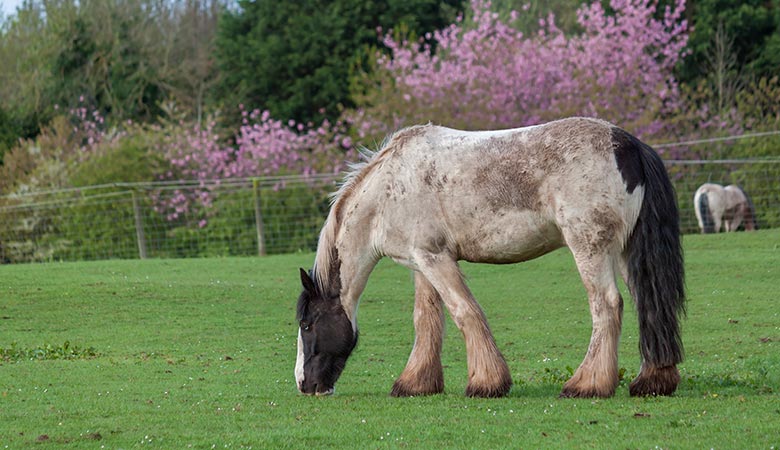Every day you hear small birds chirping and flying around, and you realize how tiny they look. These birds weigh a few grams to facilitate flight. However, if you take a deeper look into the bird species, you will realize how big they can grow. Some are taller than humans when placed side by side.
These birds are also different from others because they have denser bones, making them flightless. Despite being flightless, they have powerful leg muscles that enable them to run away from predators. The Vorombe titan – the largest bird to ever exist weighed more than 1543 pounds at 9.8 feet.
Here is a list of the heaviest bird species that still exist today.
1. Ostriches
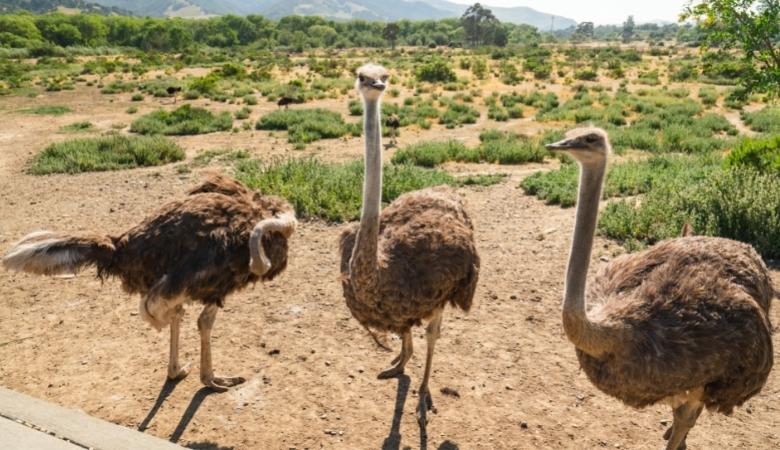
Ostriches are the heaviest bird species globally, weighing around 229 pounds (104kg) at an average length of 210 cm. They also rank as the fasters land birds and bird species with the largest eggs. An ostrich can run at speeds above 43 miles per hour.
These birds are commonly found in various parts of Africa, but they are kept everywhere in the world for skin and feathers used in fashion.
2. Cassowaries
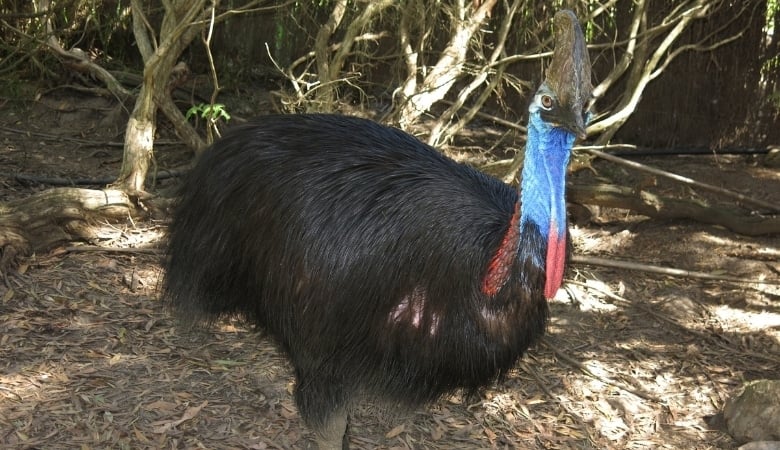
We have the southern cassowaries, also called the double wattle cassowary or Australian cassowary. The Northern cassowary is also called the golden-necked cassowary or single-wattle cassowary, which is smaller than the Southern cassowary. These are among the biggest and heaviest birds globally.
The southern cassowary weighs 45kg (99 lbs.), is 155cm long, and is native to New Guinea, Indonesia, and Australia. The Northern Cassowary weighs 44 kg and 149 cm long and is common to the Northern parts of New Guinea.
3. Emus
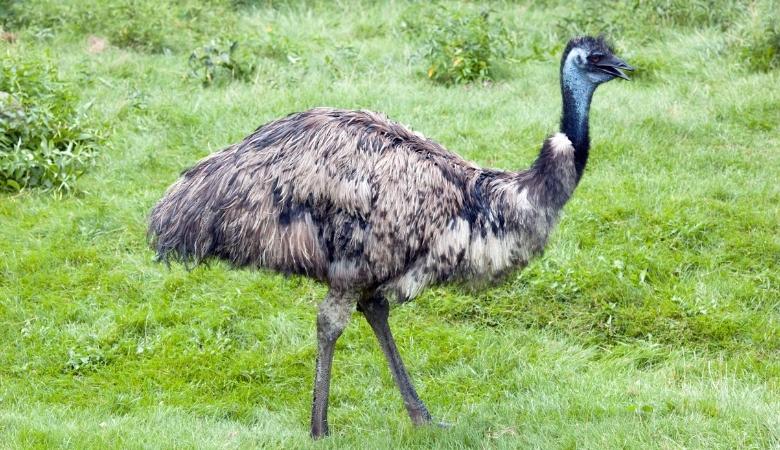
Emus are the second tallest birds after ostriches, growing over 190 cm tall. They are native to Australia and weigh around 33 kg (72lbs). The female species appears to be larger than the males because of their wider rumps. The birds have vestigial wings for stability when running but cannot fly.
Although they are flightless, they also run faster with only three toes. Emus are different from all other bird species because they have gastrocnemius muscles in their lower legs.
4. Emperor Penguins

Emperor penguins are found in Antarctica and are the biggest living penguins. They are 114 cm tall, weighing an average of 31.5 kgs (77.16 lbs.). Male Emperor Penguins lose around 15 kgs (33 lbs.) during breeding season because they spend almost two months protecting their eggs.
The Emperor penguins are flightless and adapted for extreme weather conditions, too cold for birds. Luckily, their feathers provide sufficient insulation to regulate the body temperatures without changing metabolism rates.
5. Greater Rheas
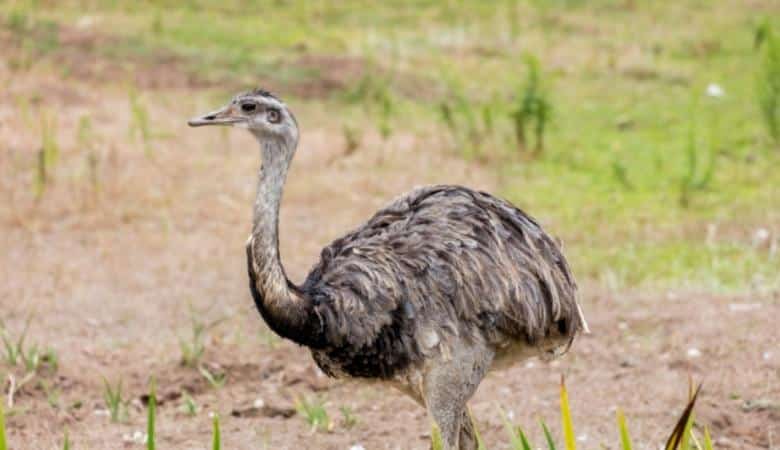
Greater Rheas are native to South America and go by common, grey, or American rhea. This bird species can grow to an average of 23 kgs (50.7 lbs.) at 134 cm tall. Some greater rheas have spread their population to Germany. The lesser rheas are still endemic to South America and weigh around 13.5 kgs (29.7 lbs.), at an average length of 96 cm.
6. Wild Turkeys
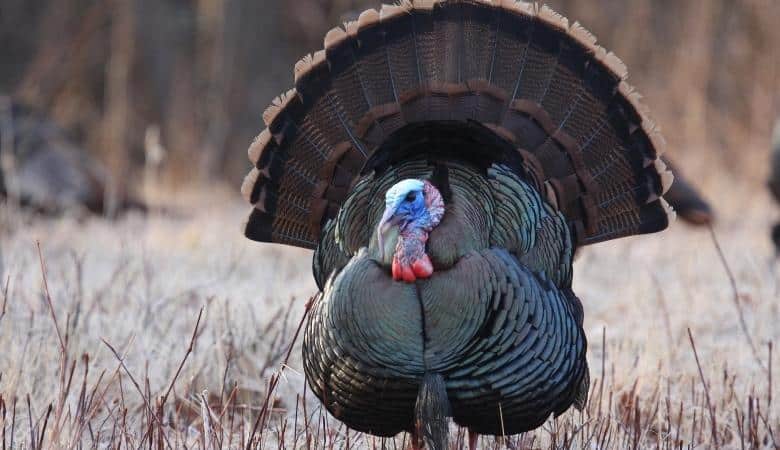
Wild turkeys are the heaviest birds with the ability to fly. They are somewhat lighter than most birds on the list, weighing an average of 13.5 kgs (29.7 lbs.) at 124 cm tall. Even though that may seem too heavy, they can fly for around 400 meters, maintaining a close distance to the ground.
The wild and domesticated turkeys are similar species and are commonly found in North America. Domestic turkeys may also weigh the same, only that they cannot fly because they are too fat.
7. Trumpeter swan
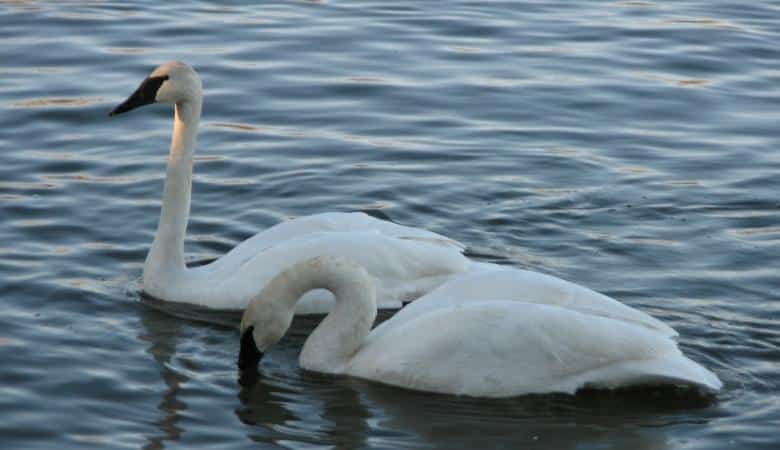
The Trumpeter swan cannot be found anywhere else apart from North America. They are the heaviest living birds on the continent and the largest waterfowl species. It weighs around 12.7 kgs (28 lbs.) with a total length of 138 centimeters.
The Trumpeter swan was almost driven to extinction in the 20th century, but luckily, they could breed and grow their population.
8. Mute Swans
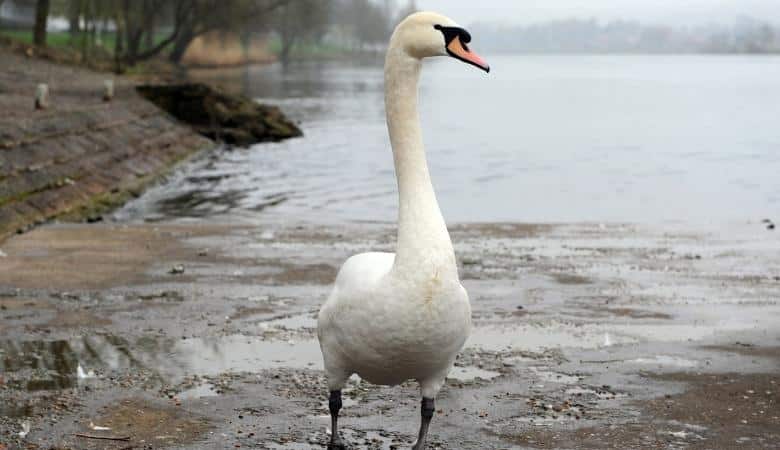
Mute swans are the biggest waterfowls and can weigh up to 11.87 kgs (26.16 lbs.) at an average length of between 100 and 130 cm long. These birds can fly from time to time, looking for water bodies to patch on.
Their weight is slightly bigger than for Trumpeter swans, only that the latter is longer, spanning a minimum of 138 cm.
9. Great Bustards
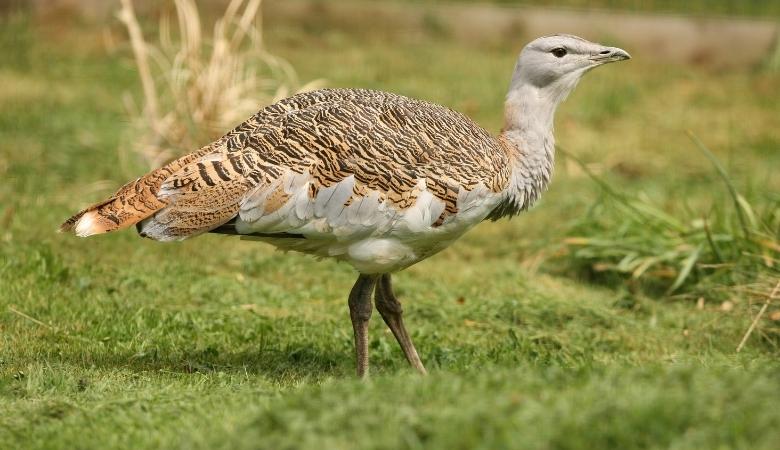
Great bustards are bird species that breed openly in the grasslands and are endemic to Asia, Southern, and central Europe. These birds weigh around 10.6 kgs (23.37 lbs.) at 115 cm long. 60% of their population live in Portugal and Spain despite being driven to extinction by trophy hunters in the UK. The Kori bustard is native to Africa and is the largest flying bird.
10. Wandering Albatrosses
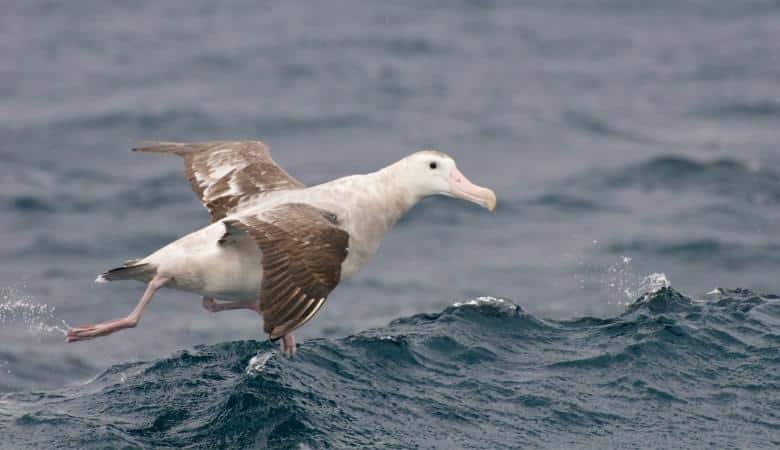
Wandering albatrosses are also called goonies, white-winged and snowy albatrosses. These birds weigh approximately 11.9 kgs (26.2 lbs.) and grow up to 135 cm long. The wandering albatross has also been ranked as the living bird with the longest wingspan ranging from 2.5 m to 3.5 m long. Some have wingspans longer than 5.3 meters.
They are also known for spending most of their time flying and can stay on air without flapping for hours.
11. Dalmatian Pelicans
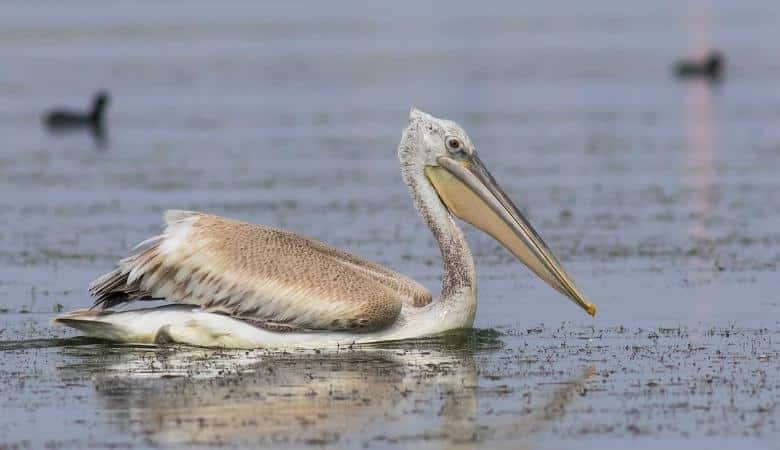
The Dalmatian pelican is the largest freshwater bird worldwide and the largest pelican family member. It weighs around 11.5 kg (25.3 lbs.) and grows over 183 cm long, meaning that swans are heavier and longer.
The Dalmatian pelican is also one of the four bird species with wingspans longer than 3.5 meters beside the southern royal albatross, the wandering albatross, and the great white pelican. The Dalmatian pelicans primarily habit rivers, lakes, and estuaries in Russia, Southeast Europe, China, and India.



